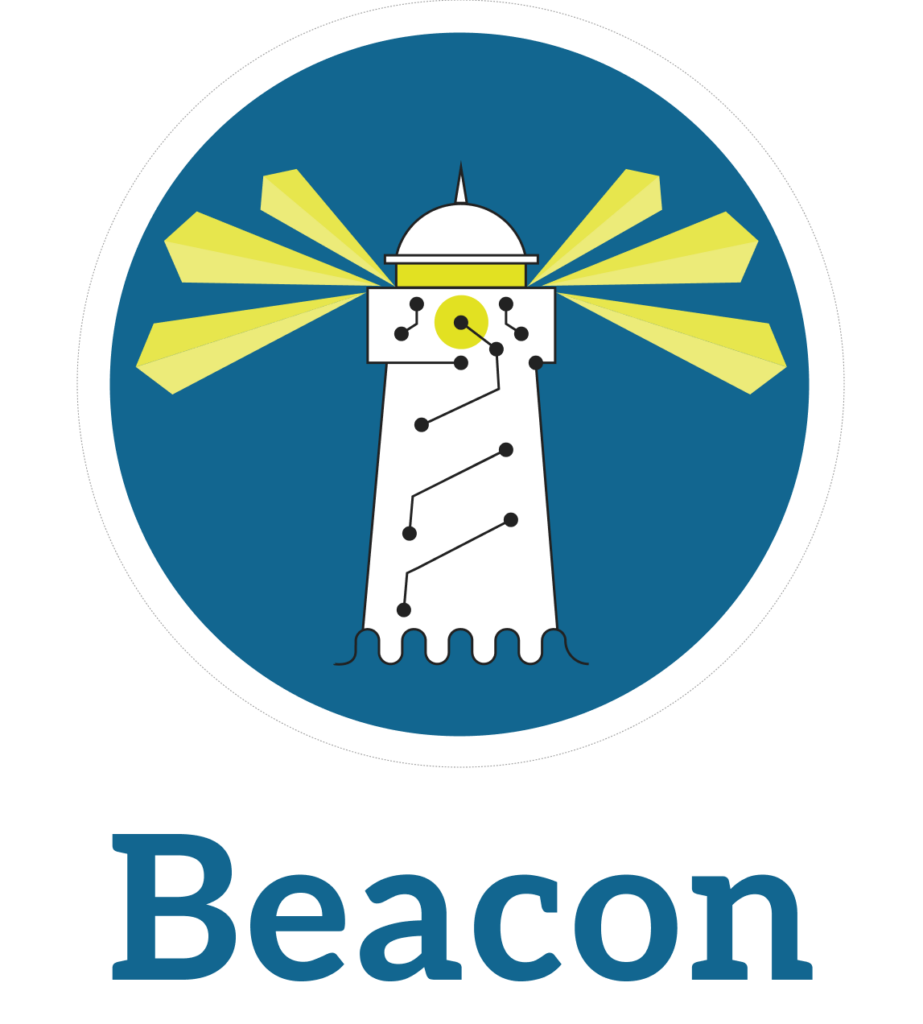
When you’re about to launch a new website for your nonprofit, there’s a lot of excitement—and a little anxiety too. You’ve worked hard on the design, content, and user experience. But before you can “go live,” you want to be sure everything works perfectly. That’s where website staging and software testing come into play. These are essential steps to: ensure that your website functions well, is free of bugs, and provides a smooth experience for your visitors.
Let’s talk about: what website staging is, the types of software testing you should do, and how different test environments can help you catch small problems before they become larger problems. By the end, you’ll feel more confident about launching your nonprofit’s website smoothly and successfully.

Ideal for simple nonprofit websites. Includes all the features you need. Easy to edit, with brand guardrails to keep your site on point.
Learn MoreWhat is Website Staging?
Website staging is a “practice run” before your website goes live to the public. Imagine rehearsing for a big event—you wouldn’t want to be surprised on stage with a missing script or a faulty microphone, right? It’s the same idea with your website.
A staging environment is a replica of your live website but in a private space. This lets you check how the site works under real conditions without it being visible to the public. You can think of it like a dress rehearsal for your website launch. You’ll test everything from how the layout looks to how quickly pages load. If something isn’t working, you can fix it before it goes live.
What is Software Testing?
Once you have created a staging environment, the next step is to run software tests. This is where you check if every piece of your website functions as it should. You wouldn’t want a potential donor clicking on your “Donate” button only to find that it doesn’t work, would you?
There are different types of software testing, each designed to check different aspects of your website. Testing helps catch issues like broken links, slow load times, or even security vulnerabilities before real users experience them.
Let’s look at some key types of testing and the best environments for each.
Types of Test Environments
Test environments are simply places where you run these checks. Different environments are set up to catch different issues. Here are the most common types:
- Development Environment
- Testing Environment
- Staging Environment
- Production Environment
Development Environment
A development environment is where your website is first built. This is the playground for web developers who write code, add features, and tweak the design. It’s like the construction site for your website.
- Best for: Early testing by developers.
- What to test: Functionality of new features, checking code for errors.
- Who tests: Developers.
When you’re testing in the development environment, it’s all about ensuring the nuts and bolts of the website work. It’s not perfect yet, but it’s where your ideas start to take shape.
Testing Environment
After development, the site moves to the testing environment. Here, testers focus on finding and fixing bugs that might have slipped through in development.
- Best for: Running automated tests, identifying bugs, and ensuring all components work together.
- What to test: General functionality, interactions between different parts of the website.
- Who tests: Quality assurance (QA) team or designated testers.
This environment is less about design and more about whether everything works properly. If your site has a donation form, this is where testers will ensure that the form collects the correct information and sends it where it’s supposed to go.
Staging Environment
Once the website passes all the earlier tests, it moves to the staging environment. This is a near-exact copy of the final website, running in conditions very close to the live environment. It’s your website’s dress rehearsal!
- Best for: Simulating real-world use before launching.
- What to test: User experience, performance under heavy traffic, security, and design across devices.
- Who tests: Developers, testers, and sometimes internal staff.
The staging environment is where you catch the final issues. For example, does the website look good on mobile devices? How fast does the site load? Are all your links and forms working? You also check how the website handles heavier loads, like when many users visit the site at once. This is especially important for nonprofits expecting high traffic during campaigns or donation drives.
Production Environment
The production environment is your live website—the version that everyone sees once you launch. Hopefully, by the time your website hits production, all the major issues have been ironed out. But it’s still important to monitor things post-launch to ensure the site continues to run smoothly.
- Best for: Ongoing user monitoring and bug fixes after launch.
- What to test: Real-time performance, user feedback, and security updates.
- Who tests: Website managers, support teams, and sometimes developers.
Even though your site is live, testing doesn’t stop. You’ll still want to track performance and quickly fix any bugs that pop up. For example, if a feature isn’t loading correctly after a new update, you’ll need to fix it quickly to avoid frustration for your visitors.
Key Types of Testing for Nonprofits
Now that we’ve gone over the environments, let’s take a closer look at the different types of testing that are important for your nonprofit website.
- Functional Testing
- What it is: Testing to ensure each function on your site works correctly.
- Example: Checking that the donation form collects and processes payments correctly.
- Best environment: Testing and staging.
- Performance Testing
- What it is: Checking how fast your website loads and how it performs under different levels of traffic.
- Example: Simulating many users visiting your site during a fundraising campaign to see if it slows down.
- Best environment: Staging.
- Security Testing
- What it is: Ensuring your website is safe from hackers and that user data is protected.
- Example: Testing whether sensitive information (like donation details) is securely handled.
- Best environment: Staging.
- User Experience (UX) Testing
- What it is: Checking how easy and intuitive your website is for users.
- Example: Seeing if potential donors can easily navigate the site and make a donation.
- Best environment: Staging and production.
- Browser Compatibility Testing
- What it is: Ensuring your website looks and works properly across different web browsers (like Chrome, Firefox, Safari).
- Example: Testing to see if your website displays correctly on both desktop and mobile versions of different browsers.
- Best environment: Staging.
Final Word
Launching a new website is an exciting time for your nonprofit, but it can also be stressful if things don’t go as planned. For nonprofits, having a well-functioning website is crucial. Your site is often the first impression potential donors and supporters have of your organization. With proper staging and software testing, you can be confident that your site will be ready to handle anything.
So, before you hit that “publish” button, take a little extra time to run through these testing steps. Your website—and your visitors—will thank you.
Further reading and resources: